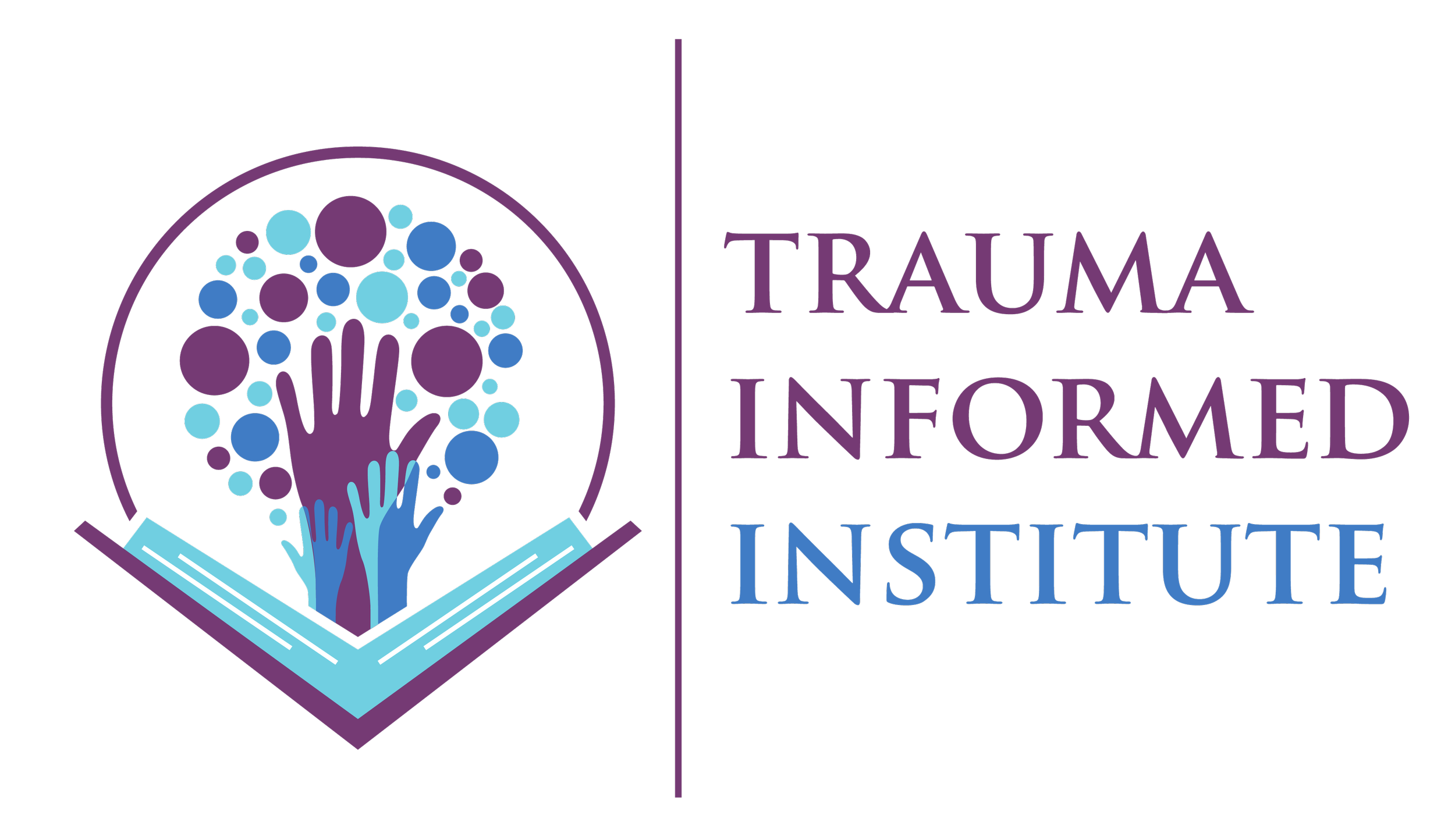Trauma-Informed Guiding Principle #1: Safety
Trauma-informed care is an approach that recognizes the signs of trauma and provides support to individuals who have experienced it. It emphasizes safety, trustworthiness, choice, collaboration, empowerment, and cultural sensitivity. This blog post will focus on the first principle of the trauma-informed approach: safety.
Safety includes both physical and psychological safety. Physical safety involves creating an environment that is free from violence, abuse, or harm. This can include setting policies and procedures that promote safety in a work setting, providing clear boundaries, increasing access to mindfulness practices and mental health programs, or creating shared spaces within communities.
Psychological safety focuses on creating a sense of security and trust. This can involve developing authentic relationships among leadership, team members, and other stakeholders. The workplace traditionally does not acknowledge hardships outside of work but that doesn’t mean they do not exist. Psychological safety helps to de-stigmatize mental health services, acknowledge traumas without judgment or blame, and provide resources such as trauma-informed professional development and employee assistance programs to help individuals process their experiences.
Safety also involves incorporating culturally sensitive approaches that are mindful of different cultures’ values when it comes to physical contact and emotional expression. Additionally, cultural competency training among professionals can enable them to better understand how cultures define concepts around safety and communication.
Safety is a key concept in any trauma-informed approach. It means creating an environment where people feel secure and free from harm. In order to achieve this goal, employers need to assess the risk of harm and take appropriate steps to minimize it. This includes providing a physical space that is free from danger, as well as ensuring that all staff is equipped with the skills necessary to help protect team members from experiencing further harm.
It is also important for providers to consider how their words and actions may be interpreted by those they serve. Speaking in a way that is respectful, non-judgmental, and non-threatening can help create a safe environment for team members who may have experienced traumatic events in their lives. Employers and all team members should also be mindful of how their own biases and assumptions may be impacting their interactions with others. Taking steps to understand these potential biases can help improve workplace culture.
Safety can mean different things to different people. For some individuals, safety may involve having access to information about available resources or being able to talk about their experiences without fear of retaliation on the job. Others may focus solely on the physical environment and their ability to protect themselves. No matter what safety looks like for each client, it should always be the foundation upon which all other principles of trauma-informed approaches are built.
By taking steps such as assessing risk factors and understanding potential biases, employers can move forward with implementing other components of a trauma-informed approach such as trustworthiness and collaboration. By utilizing these principles together, employers can improve employee well-being and retention, while also reducing HR risks and liabilities.


